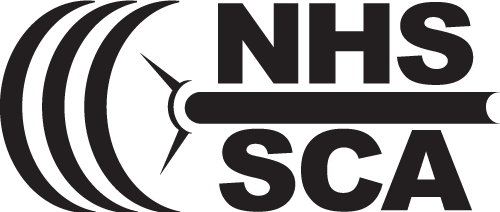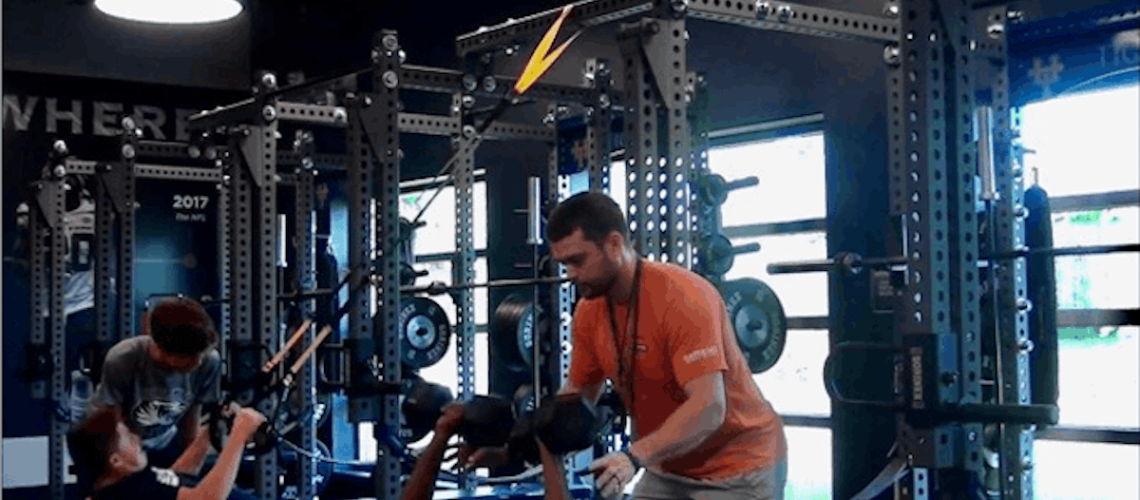By Vincent Martins
Any time you are tasked as a new hire to either take over a program or create one where it hasn’t existed before, it is important to have a developed philosophy and program that is adaptable and all encompassing.
Having been tasked with this twice in my career––once in the collegiate sector and once in the high school sector––I have developed a program that can be used in either sector and can even be used with middle-school athletes. This article goes through the ins-and-outs of the programming, as well as, the community outreach and steps to take to build a successful program.
The program will revolve around 3-dimensional, ground-based movement, ensuring that we are utilizing all planes of motion. I work with athletes, not power lifters or Olympic lifters. That does not mean that we won’t use philosophies or ideas from those categories. But sport training is the main thing I am concerned with; providing the athlete with the ability to succeed in sport is the main priority.
When it comes to the programming, the tier system is heavily utilized with influences from Joe Kenn and Mike Boyle. Speed and agility are crucial, but the programming is also simplified to prevent overthinking and allow the athlete to put themselves in the best position for top speed, agility, and change of direction/agility.
Through my experience of creating a program from scratch, I have developed seven key points to help transition this process as smoothly as possible:
1. Familiarize yourself with the surrounding community.
- Reach out to local establishments.
- Contact local colleges for interns.
- Ask local high schools for ideas (what’s worked and what has not).
2. Get to know Administration/Chain of Command.
- Who to seek out for completion of tasks.
- Establish relationship with facilities.
- Assist in funding.
3. Getting in front of the parents.
- Hold a “Meet the Teacher Night.”
- Allow for comfort and contentment
- Set expectations.
4. Find ways to educate the parents/faculty and students.
5. Hold a meeting with sport coaches.
- Meet them where they are at.
- Provide solutions and not problems.
6. Create structure.
- Lifting times.
- Athletic performance classes.
- Equipment placement creates sense of pride.
7. Middle-School development.
- Get ahead of common deficiencies.
This seven-step process has been developed over time, and has allowed me to have an immediate impact on the student-athletes, faculty, and parents. If you have any more questions, feel free to reach out via email or text.
vmartins@htes.org
352-217-7653
Vincent Martins is the director of athletic performance at Holy Trinity Episcopal in Melbourne, Florida, where he works with all sports as well as athletes and non-athletes.
Coach Martins, who holds a CSCS certification as well as a USAW-L1 certification, is a graduate of Norwich University in Vermont, where he obtained his undergraduate degree in exercise science with a minor in coaching. He then spent two years working with high-level athletes at Windermere Prep in Windermere, Florida before receiving his master’s degree in business leadership at William Penn University in Iowa, where he was also an athletic performance graduate assistant. He then worked with four collegiate teams and was the director at Lynville-Sully School in Iowa. Following that, I spent a semester in the NAIA collegiate level as the head strength and conditioning coach at Southwestern College in Kansas.


